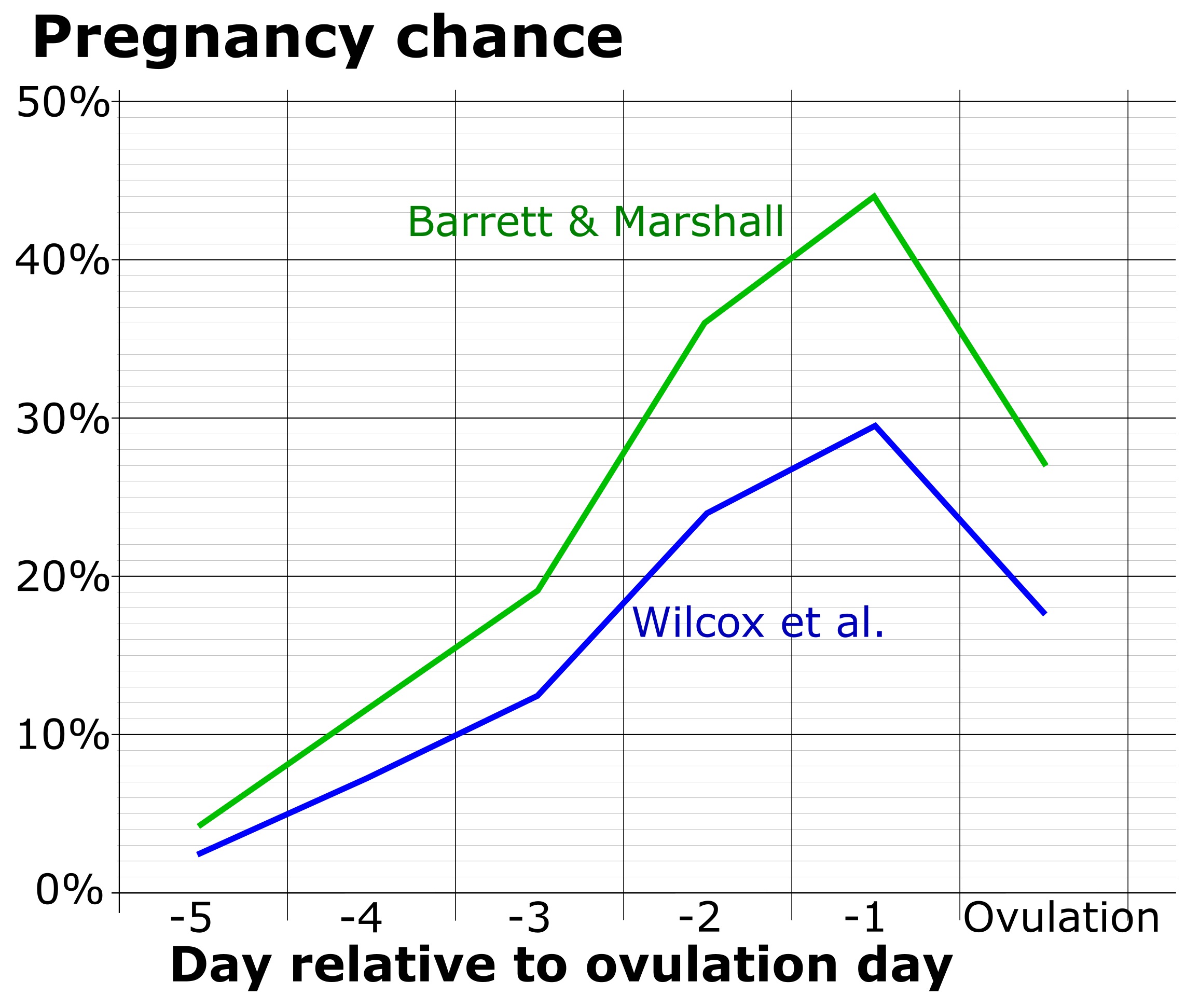| name | Fertility Awareness-Based Methods (FABMs) |
| description | Methods that rely on tracking menstrual cycles and identifying fertile and infertile phases to prevent or achieve pregnancy. |
| effectiveness | Highly effective when used correctly and consistently, but not 100% effective. |
| method principles | Tracking various biological indicators like cervical mucus changes, basal body temperature, and ovulation symptoms. |
| indications | Preventing pregnancy, achieving pregnancy. |
| safety | Generally considered safe for healthy individuals during pregnancy and breastfeeding, but may not be suitable for everyone. |
| potential benefits | | 1 | Potential for increased awareness of menstrual cycle and body. | | 2 | Cost-effective method compared to some other methods. | | 3 | Potentially empowering to individuals in understanding their bodies. |
|
| potential risks | | 1 | Requires significant user discipline and accuracy in tracking. | | 2 | Increased risk of unintended pregnancy if not followed correctly. | | 3 | Potential for inaccurate tracking of ovulation leading to ineffective birth control. | | 4 | May not be suitable for individuals with irregular menstrual cycles. | | 5 | Potential for user confusion and improper application. |
|
| user considerations | | 1 | Consistent observation of changes in the body is required. | | 2 | The tracking methods must be meticulously followed to gain the best results. | | 3 | Individual variability in cycle lengths and patterns may affect effectiveness. | | 4 | Training and instruction from a healthcare professional are strongly recommended to get proper understanding and application of the method. |
|
| additional considerations | | 1 | Important to consult with a healthcare provider to determine suitability, address any underlying conditions affecting menstrual cycles, and receive appropriate instruction. |
|
| contraindications | No specific contraindications in healthy individuals, but individual medical conditions may affect applicability. Always consult a healthcare provider. |
| interactions | No known drug interactions. Interactions with other health conditions should be evaluated by a medical professional. |
| variations | | 1 | | name | Cervical Mucus Method | | description | Observing changes in cervical mucus consistency and amount. |
| | 2 | | name | Basal Body Temperature Method | | description | Tracking basal body temperature (BBT) to identify ovulation. |
| | 3 | | name | Symptothermal Method | | description | Combining cervical mucus observation, BBT, and other symptoms to identify fertile periods. |
|
|
| patient data | |

